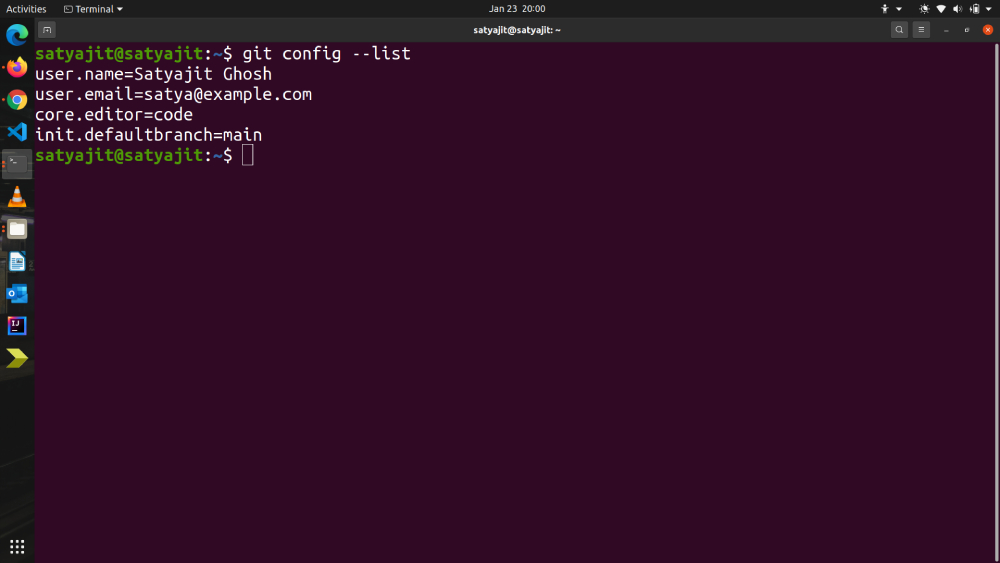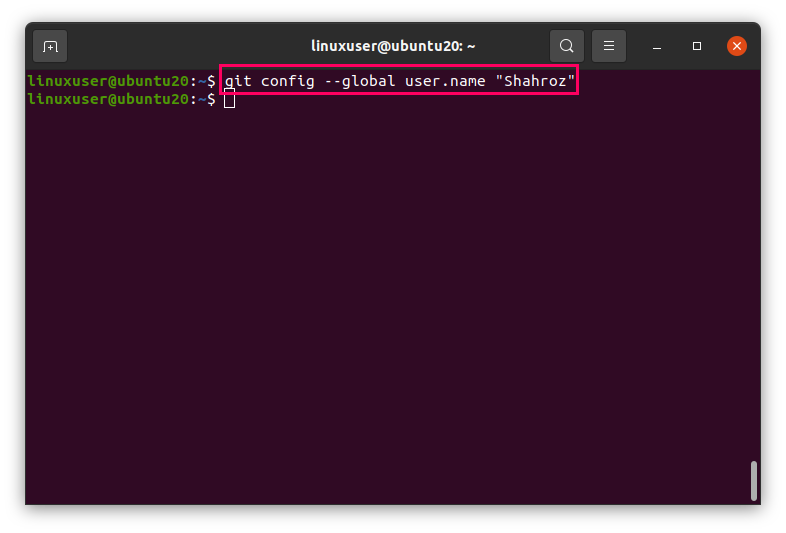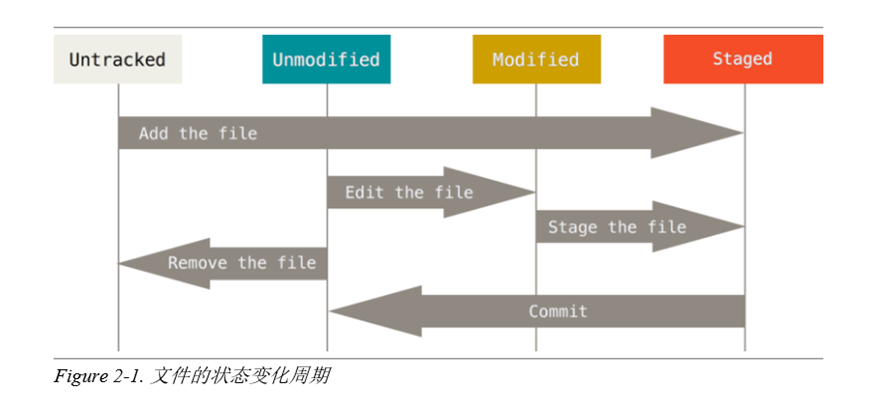
We can tell Git that it should do so using git add: $ git add mars.txtĪnd then check that the right thing happened: $ git status # On branch master But sometimes we only want to add a single file at a time. This adds all the files in our repository. Connect the working area box and the staging box with 'git add'. Like a photographer in a studio, we're putting together a shot before we actually snap the picture. Now, lets add files that are inside: On the white board draw a box representing the staging area (index) and explain that this is where we set up the next snapshot of our project. The "untracked files" message means that there's a file in the directory that Git isn't keeping track of. Nothing added to commit but untracked files present (use "git add" to track) If we check the status of our project again, Git tells us that it's noticed the new file: $ git status # On branch master Mars.txt now contains a single line: $ ls mars.txt $ cat mars.txt Cold and dry, but everything is my favorite color Type the text below into the mars.txt file: Cold and dry, but everything is my favorite color In particular, this does not have to be the core.editor you set globally earlier.) also create a second file named venus.txt $ nano mars.txt (We'll use nano to edit the file you can use whatever editor you like. Let's create a file called mars.txt that contains some notes about the Red Planet's suitability as a base. On the white board draw a box representing the working area and explain that this is where you work and make changes. Nothing to commit (create/copy files and use "git add" to track) We can check that everything is set up correctly by asking Git to tell us the status of our project: $ git status # On branch master If we ever delete it, we will lose the project's history. Git stores information about the project in this special sub-directory. If we use ls to show the directory's contents, it appears that nothing has changed: $ lsīut if we add the -a flag to show everything, we can see that Git has created a hidden directory called. Let's create a directory for our work: $ mkdir planetsĪnd tell Git to make it a repository-a place where Git can store old versions of our files: $ git init Once Git is configured, we can start using it. $ git config -global -unset https.proxy Creating a Repository To disable the proxy, use $ git config -global -unset http.proxy

$ git config -global https.proxy proxy-url

If this is the case you may also need to tell Git about the proxy: $ git config -global http.proxy proxy-url

In some networks you need to use a proxy. The four commands above only need to be run once: the flag -global tells Git to use the settings for every project on this machine.


 0 kommentar(er)
0 kommentar(er)
